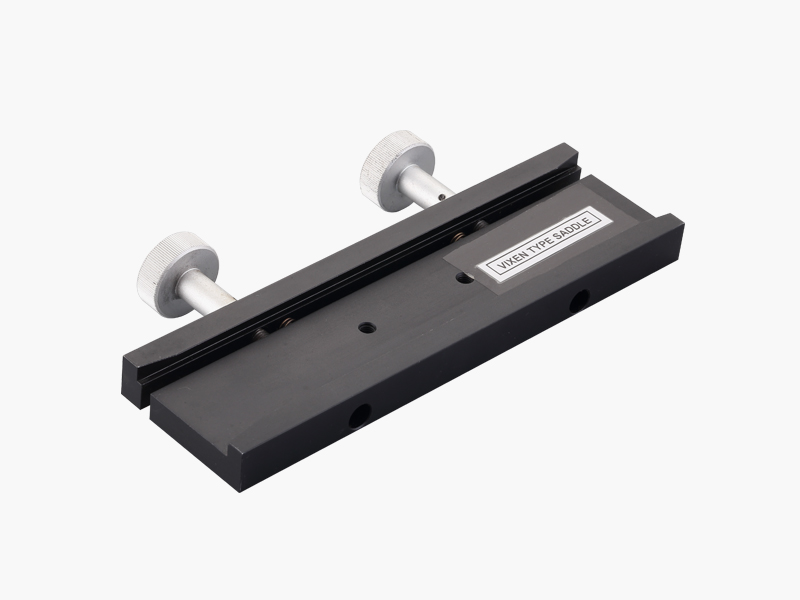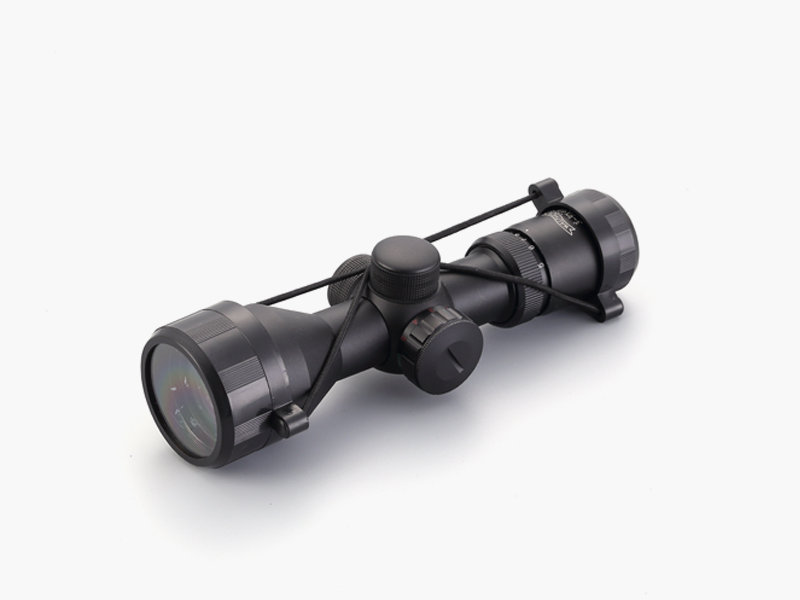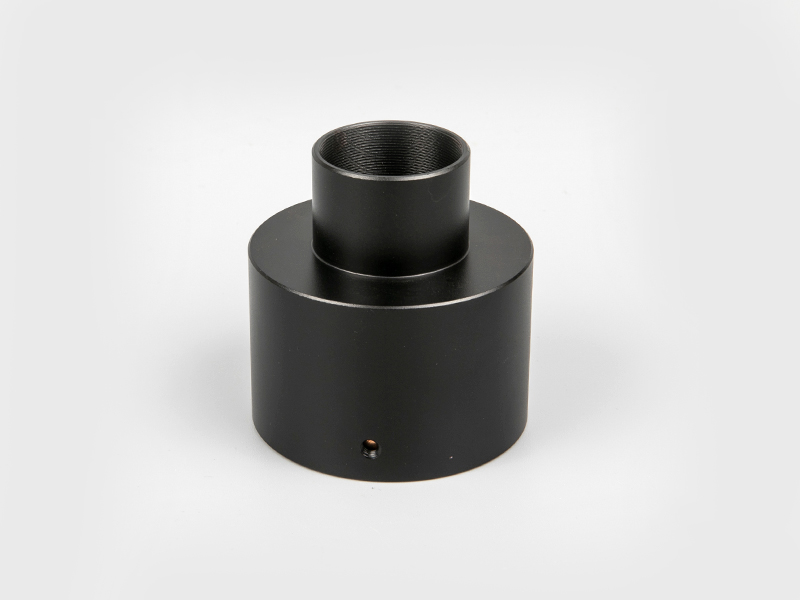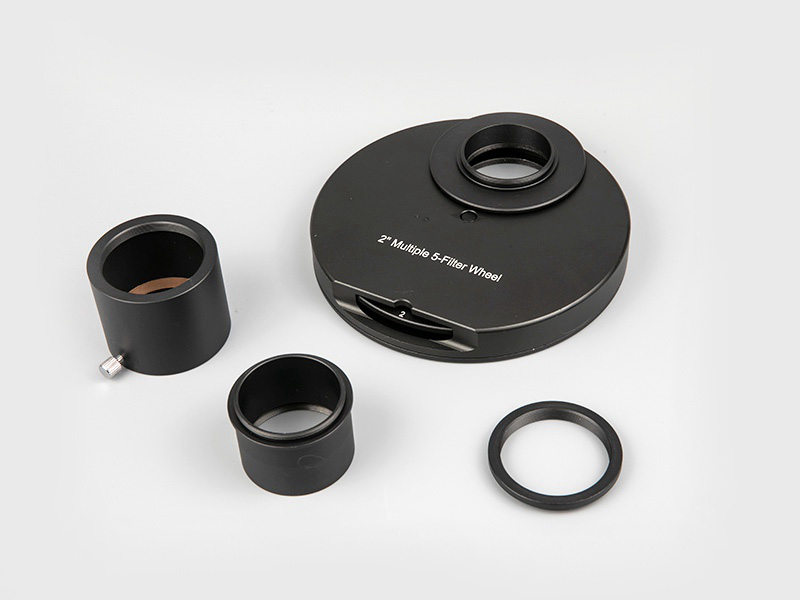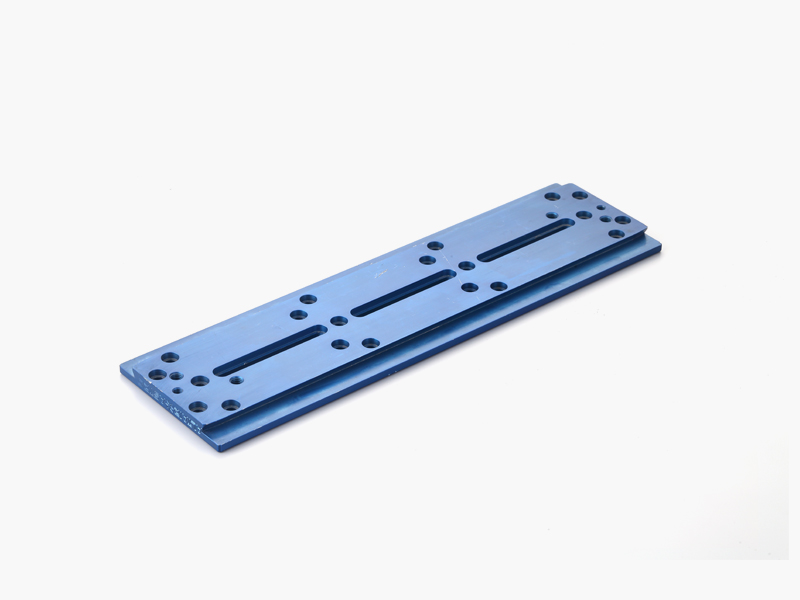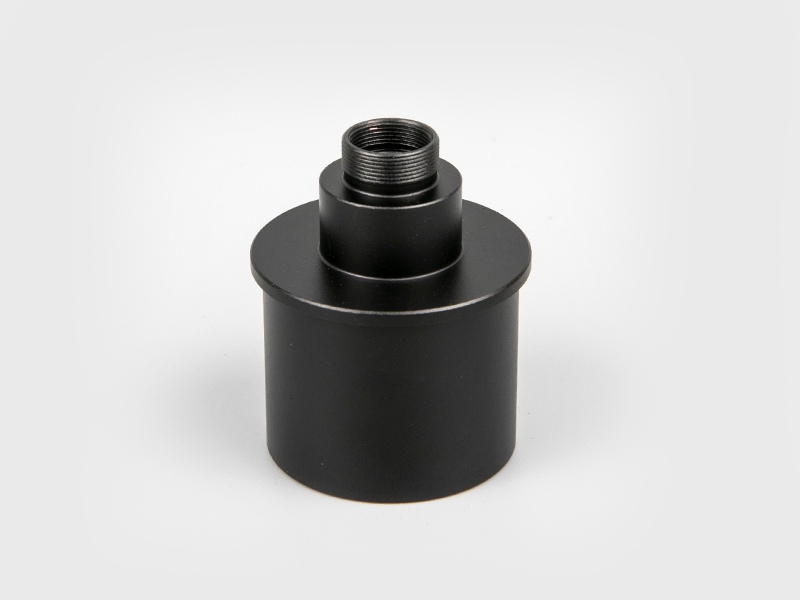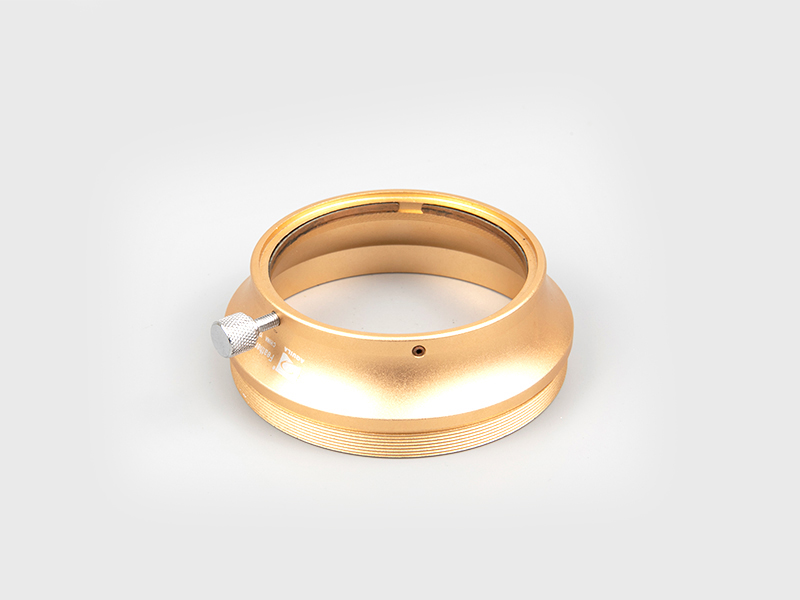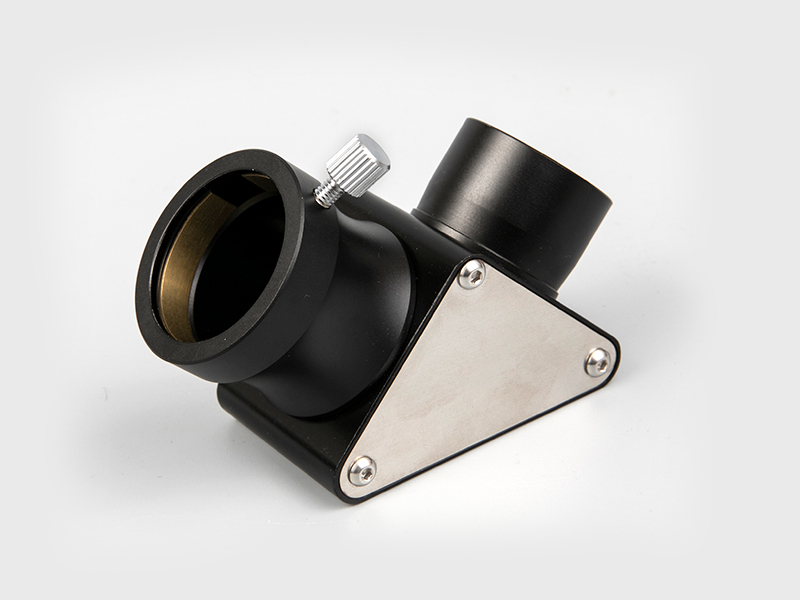Also called an eyepiece, it is usually a lens group that can be connected to the back end of various optical devices, such as telescopes and microscopes. It is so named because when the device is used, it is often the lens closest to the user's eye. The objective lens and mirror collect light and guide it to the focal point to generate an image; the eyepiece is placed at the focal point, and its main function is to magnify the image, and the magnification is related to the focal length of the eyepiece.
The eyepiece usually contains several "lens elements" assembled together, mounted at the rear end of a tube. This tube will be shaped into a special opening suitable for the instrument, and the image can be focused and imaged by moving the position of the eyepiece and the focus of the objective lens. Most instruments will have a focusing device that allows the eyepiece to move on the axis without directly operating the eyepiece.
The eyepieces of binoculars are usually permanently fixed on the lens barrel, so their field of view and magnification are pre-set. Telescopes, microscopes, and eyepieces are usually replaceable, and through the replacement of eyepieces, users can adjust the field of view and magnification. For example, telescopes often change the eyepieces to increase or decrease the magnification; the eyepieces also provide users with adjustments for different fields of view and eye distance.
The telescopes used for research now no longer use eyepieces. Instead, a high-quality CCD sensor is installed at the focal point, and the image can be directly observed on the computer monitor. Some amateur astronomers also install similar equipment on their personal telescopes, but it is still common to use eyepieces to observe images directly.
Except that the eyepieces of Galileo telescopes use concave lenses, the eyepieces of most telescopes can be equivalent to convex lenses. A good eyepiece should eliminate chromatic aberrations and aberrations as much as possible, provide excellent image quality, provide a larger apparent field of view, a longer eye distance to facilitate people's use, and provide a better eyepiece cover to reduce stray light interference . The well-designed eyepiece also considers the use of people wearing glasses, using a rubber eyepiece cover or adjustable lift eyepiece cover. The design of the optical system of the eyepiece has many forms, such as: Huygens eyepiece (H type or HW type), Ransden eyepiece (R type or SR type), which belong to the first generation of eyepieces. There are four representative second-generation eyepieces: Kellner eyepieces (K type), Prossell eyepieces (PL type), Abbe orthoscopic eyepieces (OR type eyepieces), and Elfer wide-angle eyepieces. The most famous eyepiece of the third generation eyepiece is the Nagler eyepiece, which has a better performance, especially in the field of view correction technology. In small astronomical telescopes, most eyepiece interfaces follow three standards, namely 0.965 inches (24.5 mm), 1.25 inches (31.7 mm) and 2 inches (50.8 mm) in outer diameter. Eyepieces with the same interface standard can be interchanged. use.
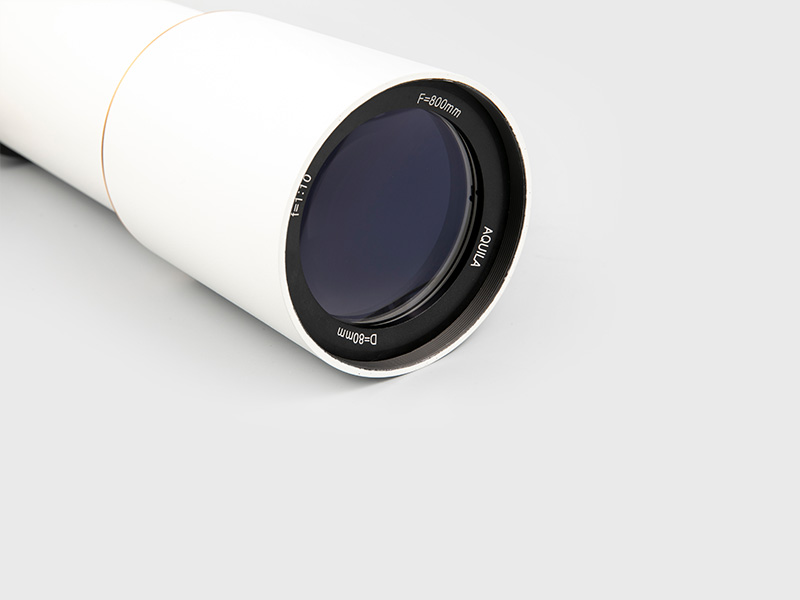

 English
English 日本語
日本語 Deutsche
Deutsche España
España
